


We get your business up and moving. We are a passionate bunch of number crunchers /budget heads. Whether it be an entire overhaul of your accounting department, managing your payrolling, or simply serving you as a bookkeeper – we are here.
Income tax filing is something that everyone is generally aware of. However, knowing the complexities and application of taxes is critical in real life. Examining various tax categories and how they affect companies and people is important.
This blog will discuss the varied facets of income tax. We will walk you through all you need to know about what makes an income tax progressive, regressive or proportional so that you have a complete view and understanding.
So, let’s begin!
A progressive tax system assesses tax amounts depending on an individual’s income. High-income earners pay more than low-income earners, with income tax rates and liabilities rising as wealth grows. The premise is that high-income people can afford to pay more taxes and should do so to ease the burden on low-income earners.
The federal income tax system in the United States, UK, India & Canada is progressive. Using marginal tax rates, higher-income earners are projected to pay more in income tax than lower-income earners, depending on their income tax bands.
Low-income earners pay more taxes than high-income earners under a regressive tax system – proportional to income. In a regressive system, you calculate income tax as a proportion of the cost of an item acquired or possessed by the taxpayer.
Income levels or wages do not determine the taxes levied; everyone pays the same percentage of taxes for the same commodity.
Regressive taxation is utilized for property taxes, sales taxes on products, and excise taxes on consumables such as travel and fuel in the United States, the United Kingdom, India, and Canada. Sin taxes are a kind of excise tax levied on goods claimed to have a detrimental or ill impact on society, such as cigarettes and gambling, which are also susceptible to regressive taxation.
Many feel that this is unjust and disproportionately affects low-income earners. Cigarettes, for example, are subject to a federal excise tax of $1.01 per pack in the USA.
Everyone pays the same percentage of their yearly income under a proportional tax system. The set income tax rate is unaffected by changes in income. If the flat rate is 5%, someone making $25,000 pays $1250 in income taxes, while someone earning $250,000 pays $12,500.
In the USA, the states of Colorado, Illinois, Indiana, Kentucky, Massachusetts, Michigan, North Carolina, Pennsylvania, and Utah now employ a proportional tax system for state income tax e-filing.
Every tax operates a little differently. Regressive taxes often depend on the value of anything you buy or possess. Your income only sometimes determines the exact percentage you pay.
Unlike regressive taxes, proportional and progressive taxes are generally decided by your income. When individuals and companies file income tax returns each year, they utilize their net income and the tax rates specified under respective countries to calculate the total amount of taxes owed.
When buying goods and services, everyone pays indirect taxes like GST. The GST is a consumption tax. Thus the poorer you are, the more you will spend on GST in India, the US, the UK, and Canada.
There are several reasons in favor of and against all these taxes. Here’s a quick overview of the same –
Advantages:
Disadvantages:
Advantages:
Disadvantages:
Advantages:
Disadvantages:
A progressive income tax is a tax system that levies a greater rate on those with higher earnings. A regressive income tax taxes persons with lower earnings more heavily. In contrast, a proportionate income tax is a tax system in which all income levels are taxed at the same rate.
We are optimistic that you have a fair idea of these three kinds of taxation systems after reading this blog. However, if you have more queries regarding progressive, regressive & proportional tax, you should connect with experts like GJM & Co. Our experts will sit with you and explain to you everything there is to understand.
Should you have any queries or need consultation, Schedule a Call today or write to us at info@gjmco.in.